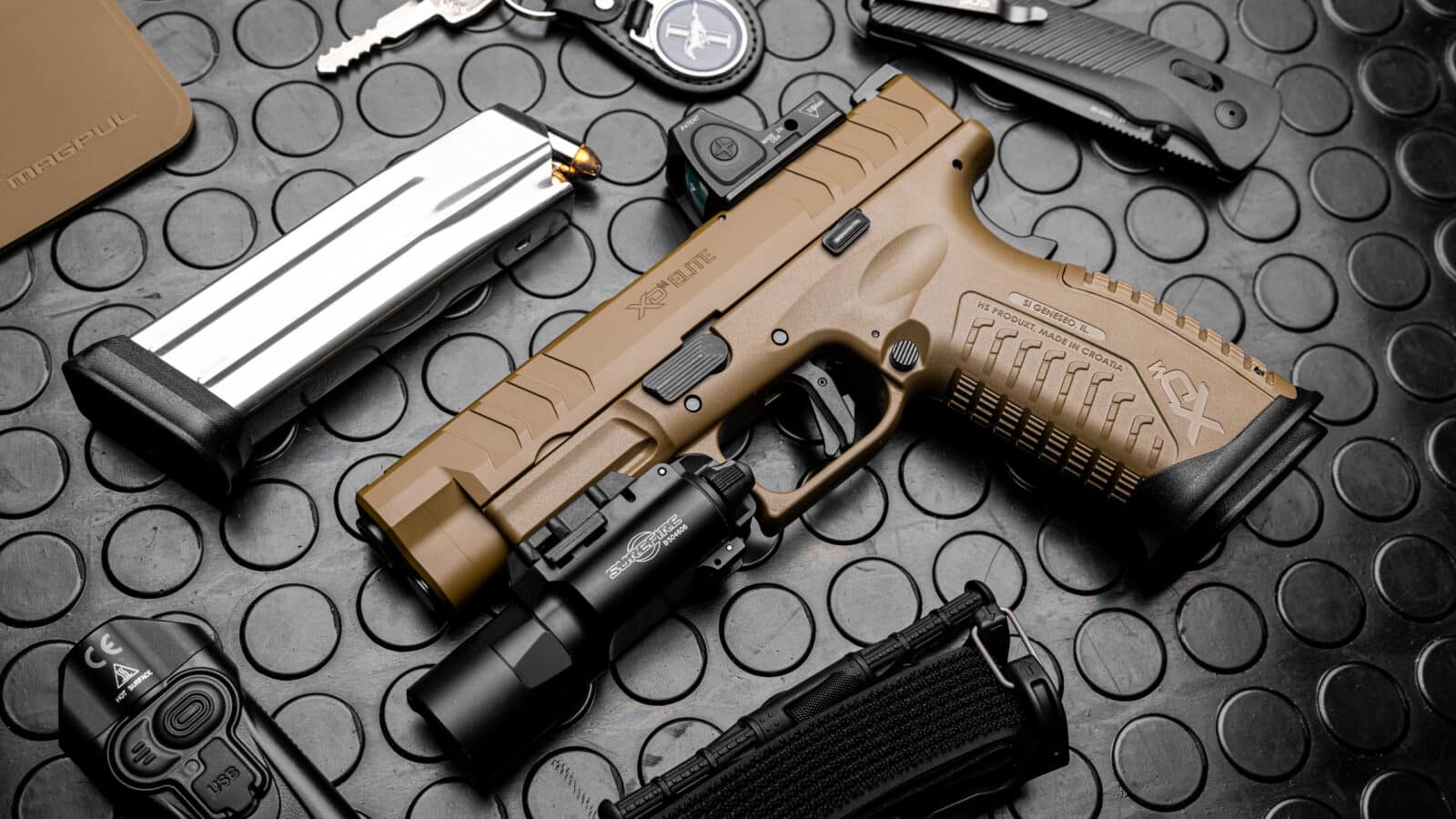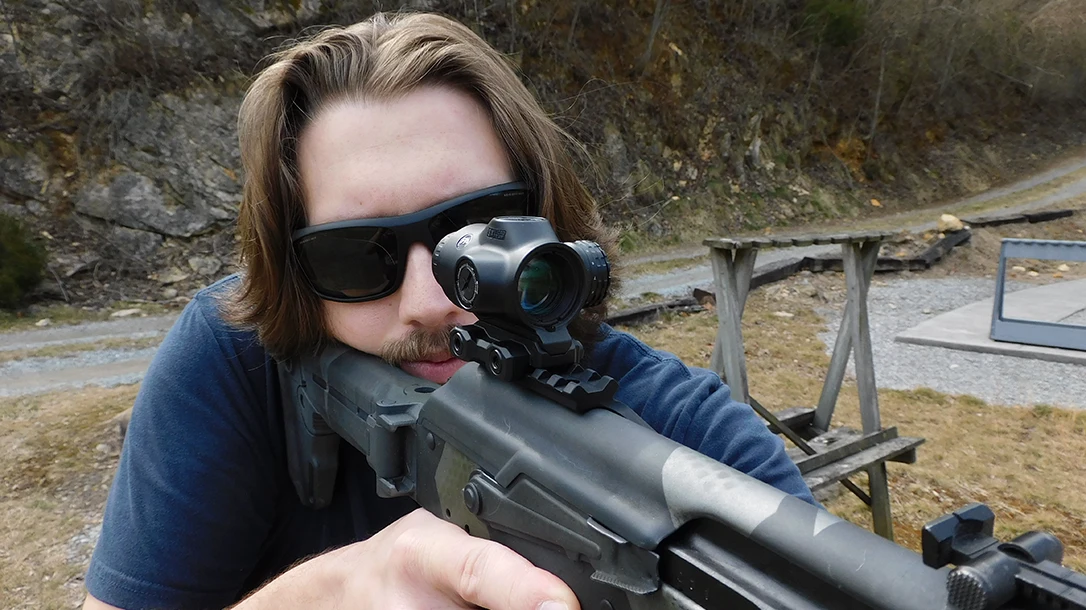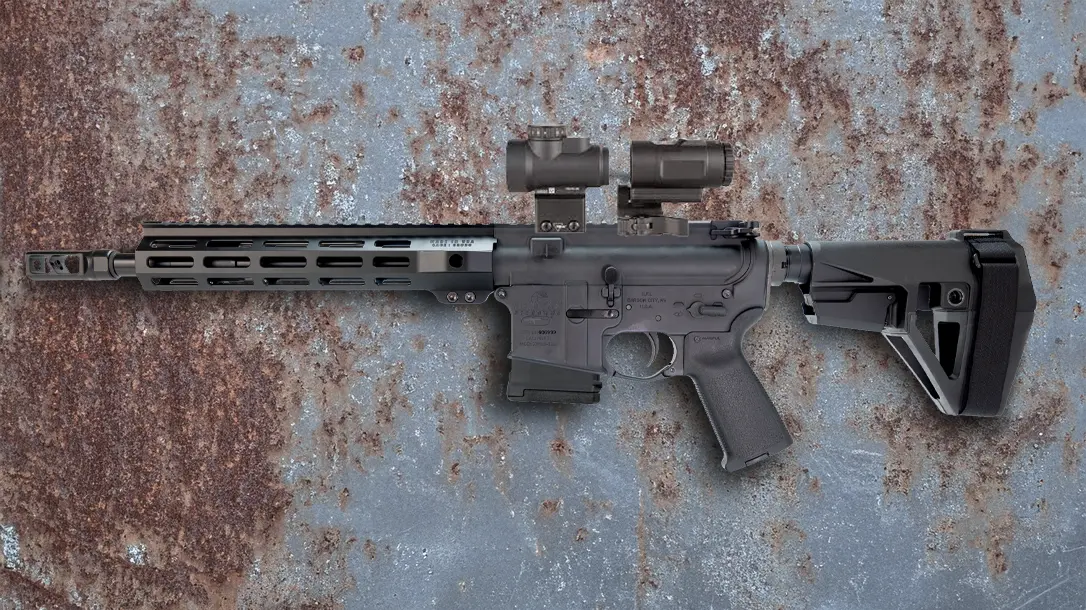Handgun Safeties 101: External & Internal
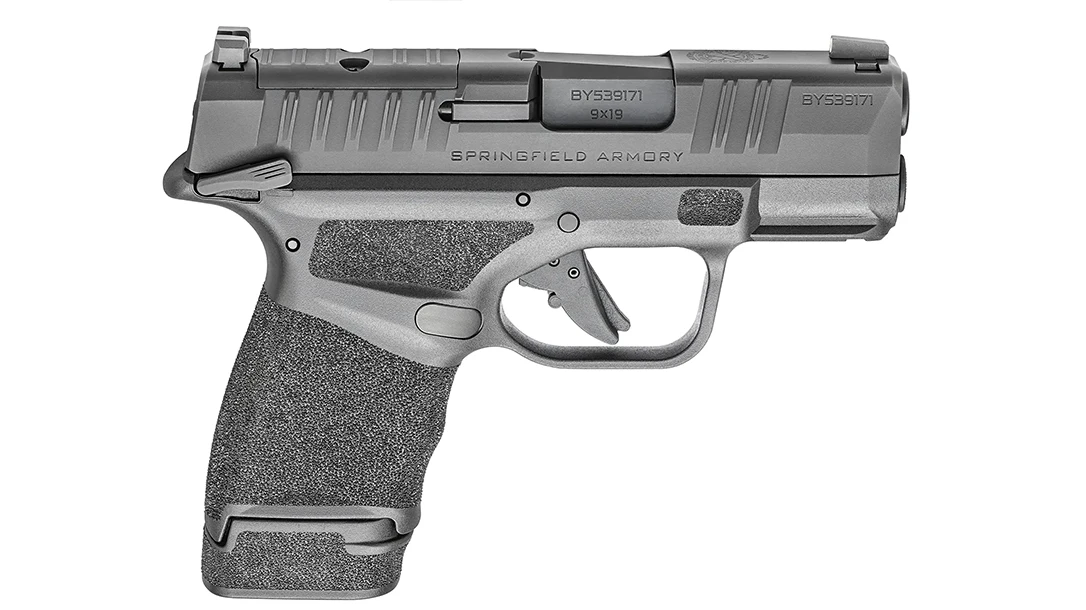
In the firearm world, it is no secret that these tools can be dangerous or even life threatening if used improperly. This means that those that use these devices must practice certain safety precautions to prevent harm from happening to themselves and others. Safety can appear as following universal gun rules and wearing the appropriate apparel while shooting. It can also look like a person who understands and educates themselves on how a firearm is designed to warrant against accidental discharge.
Two Types Of Handgun Safeties
Two types of popular safety mechanisms include manual and internal safety. Manual, or external, safeties are designed to immobilize a firearm from firing and require a user to engage and disengage using either a lever, button or switch. In contrast, internal safeties are built into the firearm and automatically engage and disengage once the trigger is pulled. Here is everything you need to know about the various safety features and mechanisms that many handguns have to offer.
Thumb Safety
One of the most popular types of manual safeties on modern pistols is thumb safeties. This type of safety mechanism is typically positioned on the frame or slide, allowing a shooter to use their thumb to engage and disengage either a button or lever as they grip their tool. Depending on the make and model of the firearm, when thumb safeties are engaged they operate by either blocking the trigger from moving or blocking the firing pin from striking the cartridge.
Advertisement — Continue Reading Below
Grip Safety
Hence the name, grip safety is a feature located on the grip of a firearm typically in the form of a spring activated panel. When a shooter has a correct grip, the safety will decompress, allowing the trigger to be pulled. Once the shooter lets go of their grip, the safety will automatically re-engage.
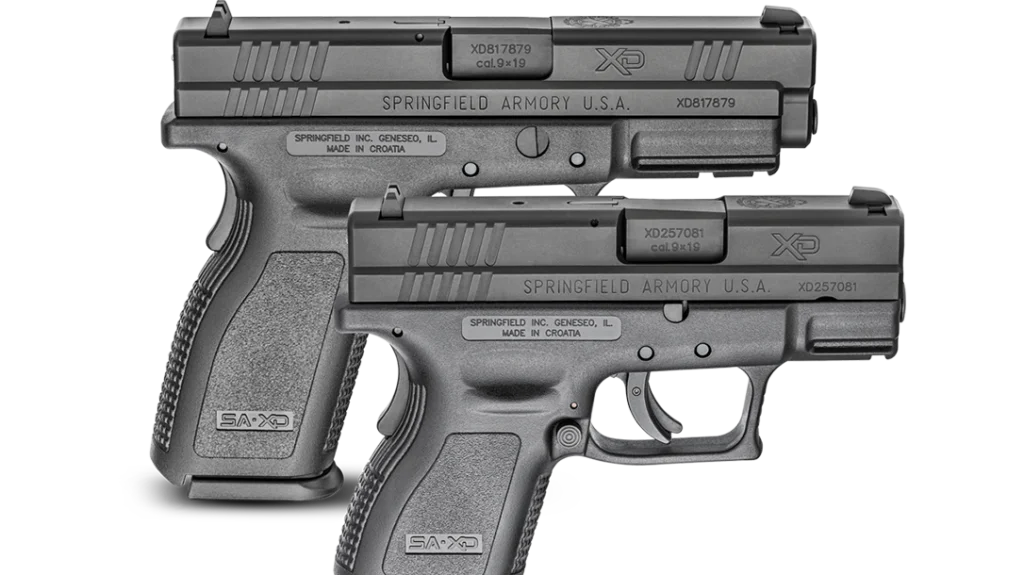
Advertisement — Continue Reading Below
Trigger Safety
Located in the blade of the trigger as a small lever, trigger safeties require a shooter to decompress the panel to allow the firearm to fire. One benefit of this safety feature is that it is great at preventing negligent discharge, especially if a firearm is dropped. An example of a gun manufacturer that commonly utilizes this safety mechanism is Glock, known for their Safe Action System which uses trigger safety, firing pin safety and drop safety.
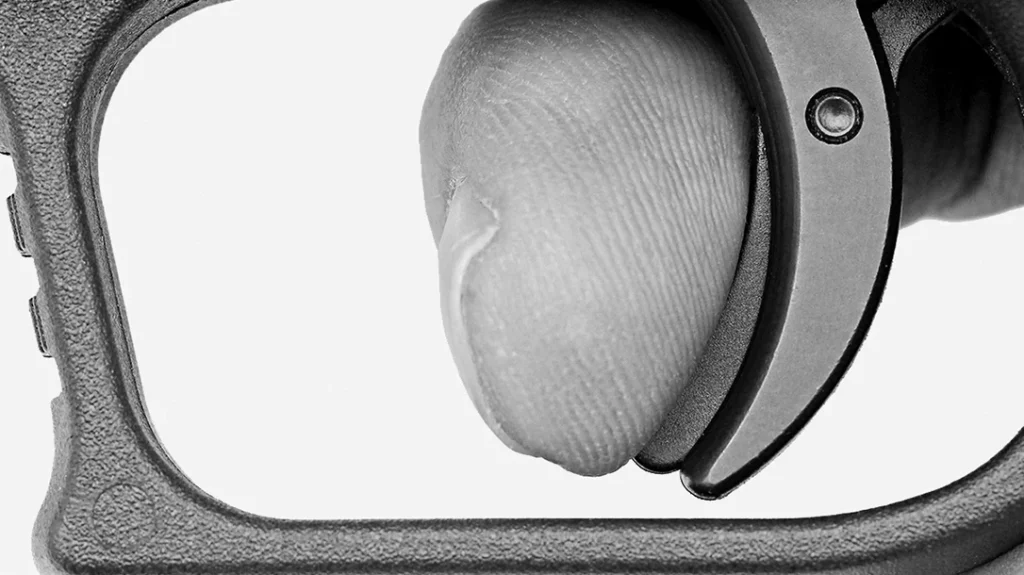
Firing Pin Safety
A popular internal type of safety you can find on semi-automatics handguns and revolvers is known as a firing pin block. Until a shooter pulls the trigger, this safety will prevent the firing pin from moving by using a firing pin block, stopping the striker from igniting the primer of a cartridge.
Advertisement — Continue Reading Below
Final Thoughts On Handgun Safeties
Overall, manual and automatic safeties are designed to prevent accidental discharge caused from either improper handling or storage. By educating yourself about various safety features such as trigger, grip, thumb and firing pin, you cannot only be a responsible gun owner but be someone who strives to make the firearm community a safe place.


